- Lil' Signals
- Posts
- Lil' Signals: The Tariff Effect—How Trade Policies Shape Culture and Consumer Prices
Lil' Signals: The Tariff Effect—How Trade Policies Shape Culture and Consumer Prices
Unpacking the Economic Ripple Effect of Tariffs and the Cultural Trends Driving the Conversation
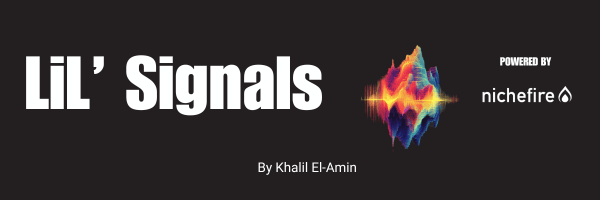
👋🏽 Hey There
Lil’ Signals is your go-to newsletter for decoding the cultural currents shaping our world.
Powered by Nichefire’s cutting-edge technology, we break down trends, tell compelling stories, and share actionable insights on how to tap into the power of cultural listening.
Stay ahead of the curve—one signal at a time.
In this edition, we’re diving into the impact of tariffs—how they shape industries, affect consumer prices, and influence global trade. From the latest tariff hikes on Chinese imports to the ripple effects on everyday products, we explore what’s at stake and how these policies are resonating within the culture.
But understanding trends is more than just tracking headlines. That’s where Cultural Listening 101 comes in. This week, we break down Strategic Topics—how to use Nichefire’s FireSearch™ to pinpoint exactly what’s trending, why it matters, and how to turn insights into action. Learn how to direct your research to uncover real-time narratives shaping industries and consumer behavior.
Let’s dive in!!🚀
Table of Contents

StoryTime
Lil’ Signals: The Tariff Talk, What You Need to Know About How It Affects You
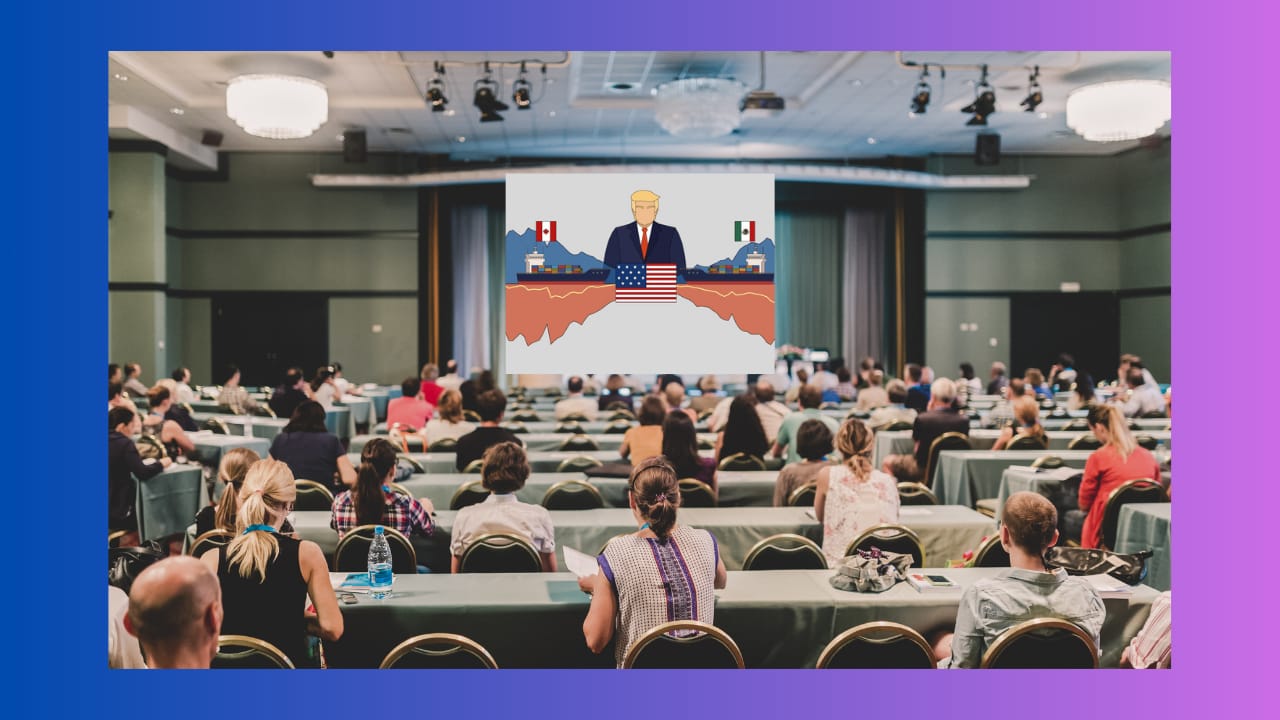
If you've been anywhere near the conversation about the economy, you’ve likely heard people debating tariffs.
Maybe you’ve even caught bits and pieces of news about how they’re changing, especially under the current administration.
But what does all of this really mean?
Are tariffs good or bad?
Do they actually help anyone?
And most importantly—how do they affect you?
Let’s break it down because, I’ll be honest—until recently, I had no idea how deep this rabbit hole goes.
But now that I’m tapped in, I see just how big these changes really are.
A Brief History: Tariffs in America
Tariffs have been a part of the U.S. economy since the country’s early days.
At one point, they were the federal government’s primary source of revenue, taxing over 95% of imports.
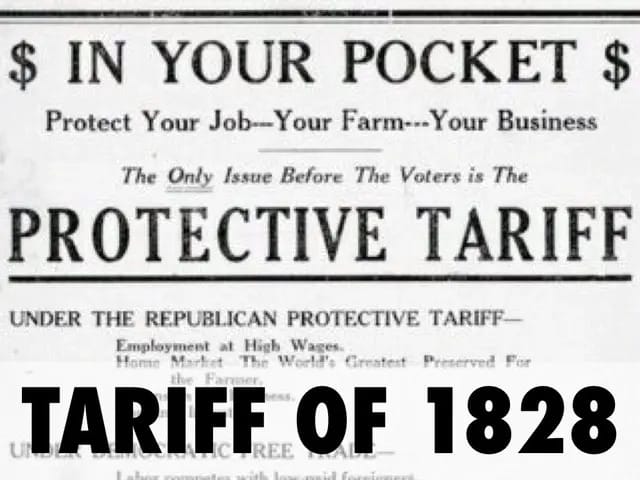
The Tariff of 1828, also known as the “Tariff of Abominations,” is a famous example—it was designed to protect American industries but ended up creating major regional tensions.
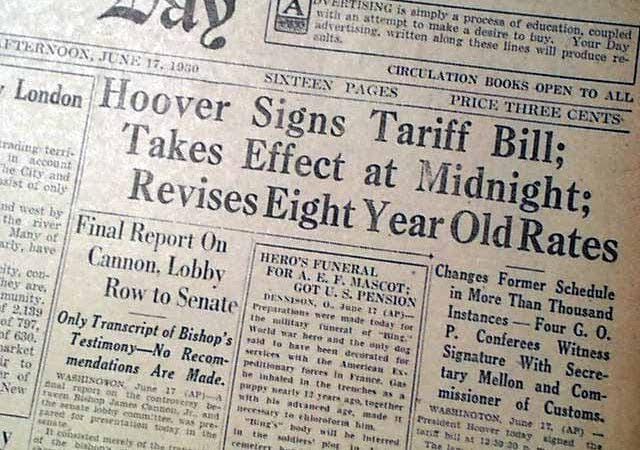
Then came the Smoot-Hawley Tariff Act of 1930, which raised import duties so high that it helped worsen the Great Depression.
Lesson learned?
Tariffs can have serious consequences if mismanaged.
Fast forward to today: the U.S. has largely moved toward lower tariffs over the decades, but recent policies have reversed that trend.
The trade war between the U.S. and China in 2018-2019 kicked off a new wave of tariffs, and since then, protectionist policies have been making a comeback.
The Current Tariff Landscape (2024-2025)
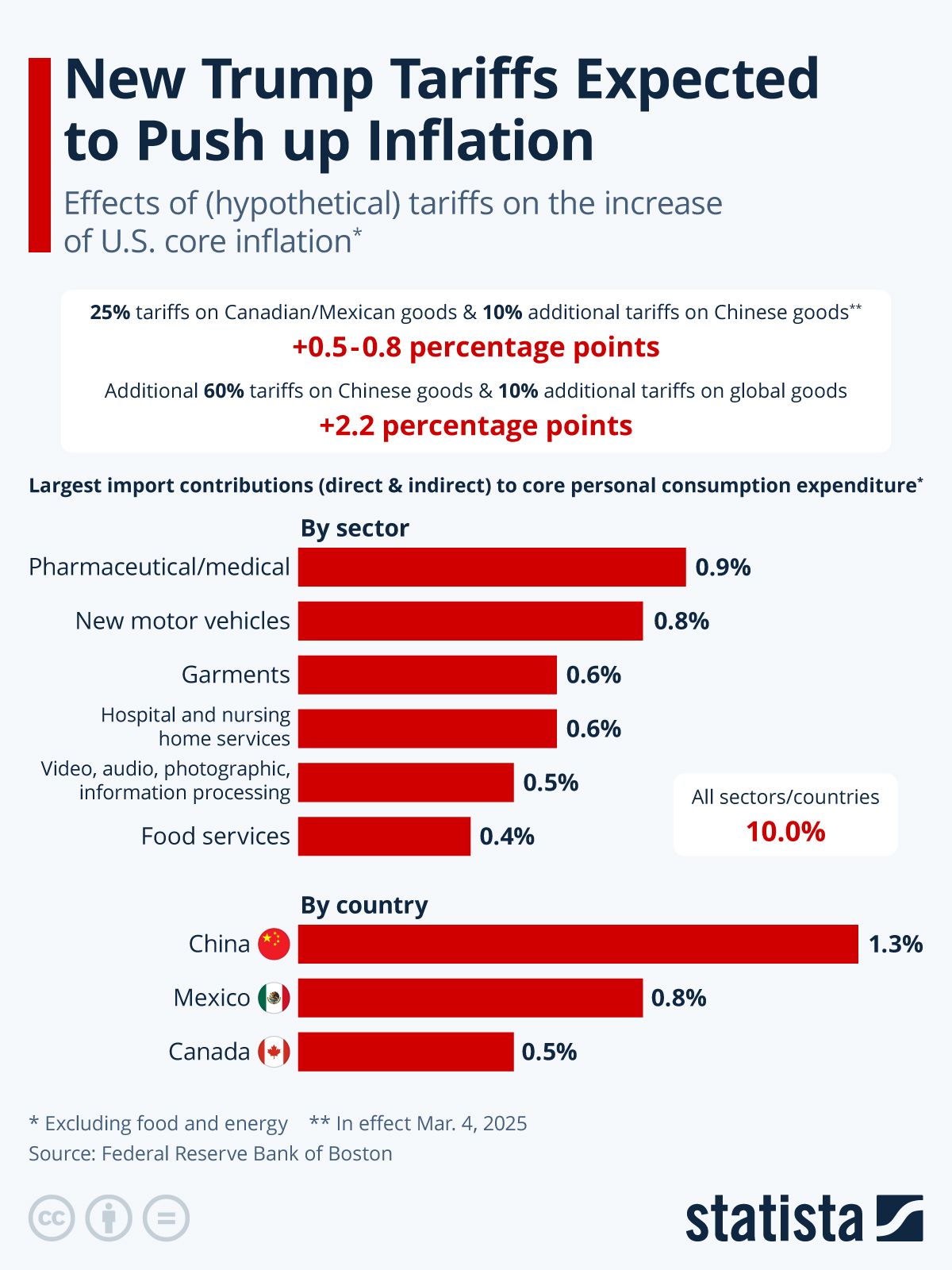
Right now, the U.S. is in a unique position.
Many of the tariffs introduced during the trade war are still in place, and some have even expanded.
Take Chinese goods, for example.
In 2018, the average tariff on Chinese imports was about 3%. Now?
It’s closer to 19%.
That’s six times higher than before.
And this isn’t just about electronics or steel—these tariffs impact everything from batteries to medical supplies.And it’s not just China.
The U.S. has maintained steel and aluminum tariffs (25% and 10% respectively) on multiple countries since 2018.
Tariffs on solar panels, washing machines, and even some food-related materials have also been extended.
Recently, tariffs on semiconductors, electric vehicles, and other critical technologies have been increased as well.
The reasoning behind these moves?
The government says they’re necessary to protect American industries, reduce dependence on foreign supply chains, and counter unfair trade practices.
But here’s where things get interesting.
Where Does the Money Go? And Who Pays?
A common misconception is that tariffs are paid by foreign companies.
In reality, importers (aka U.S. businesses) pay the tax when goods arrive at the border.
And those costs?
They often trickle down to you, the consumer.
For example, take canned goods.
The tinplate steel tariff has directly contributed to a 32% increase in the price of canned foods since 2020.
If you’ve noticed your favorite soup, soda, or canned vegetables getting pricier, this is one of the reasons why.
On a larger scale, studies suggest that tariffs have added around $800 per year to the average American household’s expenses.
And while they’re not the sole driver of inflation, they do contribute.
The Federal Reserve Bank of Boston estimated that tariffs have added about 0.5 percentage points to core inflation—a small but noticeable impact.
Who Tariffs the U.S.? And How Do We Fight Back?
Tariffs aren’t a one-way street.
When the U.S. raises tariffs on a country’s goods, that country often retaliates.
China, for instance, has imposed tariffs averaging 21% on 58% of U.S. imports, including products like soybeans, pork, and automobiles.
American farmers have been hit especially hard by this, losing billions in exports.
The European Union, Mexico, and Canada have also responded with countermeasures over the years, placing tariffs on whiskey, motorcycles, and agricultural goods.
These disputes can take years to resolve, and sometimes they don’t go away at all—just last year, India still had tariffs on U.S. almonds and apples as a leftover trade war consequence.
So, is there an end in sight?
Maybe….
Trade negotiations and new policies could ease some of these tariffs, but others—especially those tied to national security concerns—are likely here to stay.
Will Tariffs Keep Prices High?
Right now, one of the biggest questions is whether tariffs will continue to keep prices high for consumers.
While supply chain issues and corporate pricing strategies play a big role in inflation, tariffs add another layer of costs that manufacturers and retailers must deal with.
And let’s be real—most businesses aren’t just going to eat that cost.
Some strategies they use to cope with tariffs include:
“Shrinkflation” (reducing product sizes while keeping prices the same)
Reformulating products to avoid tariffed ingredients or materials
Sourcing from new suppliers in countries without tariffs
However, these are just workarounds.
As long as tariffs remain high, consumers will continue to feel the impact.
So… Are Tariffs Good or Bad?
The answer depends on who you ask.
If you’re a U.S. steel or solar panel manufacturer, tariffs can be a lifeline, making domestic products more competitive.
But if you’re a CPG brand, farmer, or consumer, they often just mean higher costs.
The real challenge is balance—how do we protect U.S. industries without passing the entire burden onto consumers?
Some argue that tariffs should be targeted and temporary, while others believe they’re necessary for long-term economic independence.
Either way, it’s clear they’re not just an abstract policy issue—they shape the prices we see every day at the store.
What Should You Do?
If tariffs continue to affect inflation and everyday prices, here’s how you can stay ahead:
Pay attention to price trends in categories like groceries, appliances, and vehicles.
Look for domestic alternatives to tariffed goods if prices start rising.
Stay informed—as negotiations change, tariffs might shift (for better or worse).
At the end of the day, tariffs aren’t just a government issue—they affect all of us.
So whether you’re new to the conversation or just trying to make sense of it all, consider this your signal to stay tapped in.
One thing’s for sure: the tariff talk isn’t going away anytime soon.
If you’re interested in a free report tracking the top trends around tariffs, Reply to this newsletter with the best email to send the report. I am actively tracking this topic with Nichefire to stay on top of the top emerging trends before they go mainstream!
Let’s keep the conversation going.
Let’s explore the power of culture, one signal at a time.

Cultural Listening 101
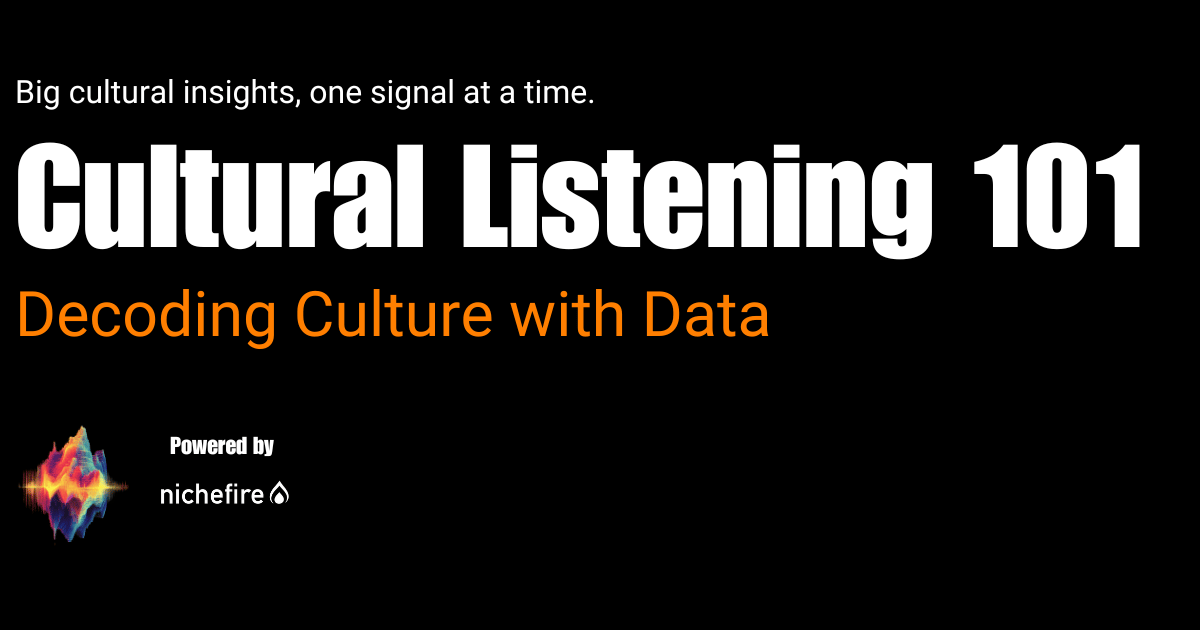
Cultural Trends 101: How to Use Strategic Topics for Cultural Listening
Understanding cultural trends requires both a broad and focused approach to trend analysis. With Nichefire’s strategic topics feature, you can direct your cultural listening efforts toward specific themes—whether it's tariffs, inflation, or a trending product like MrBeast’s Feastables. Today, we’re walking through how to use strategic topics within Nichefire’s platform to extract meaningful insights.
Step 1: Creating a Strategic Topic
When diving into a new trend, the first step is setting up a strategic topic inside the Nichefire tool. Here’s how:
Go to the Trend Topics section. This is where you can create a new cultural listening focus.
Select ‘Create Topic’. This opens the setup window for tracking emerging narratives.
Choose ‘Strategic Topic’. Unlike default trend tracking, a strategic topic lets you refine your analysis for precise results.
Input your topic name. Whether it’s “Tariffs in 2024” or “Inflation in the Insurance Industry,” clarity is key.
Select country, language, and location. This ensures your analysis is regionally relevant.
Activate FireSearch™. This AI-powered engine scans massive datasets across the web, identifying top trends and discussions related to your topic.
Step 2: Analyzing Trend Narratives
Once your strategic topic is set up, FireSearch™ will reveal emerging narratives related to your trend. Let’s say you’re researching tariffs—you might see trends like:
Trade conflicts between the U.S., Canada, and Mexico
New tariff policies on semiconductors or electric vehicles
Consumer reactions to price changes on imported goods
If a specific trend (e.g., Trade War with Canada and Mexico) catches your eye, clicking on it will refine the dataset, showing deeper insights about conversations, sentiment, and key narratives shaping that topic.
Step 3: Creating Your Trend Dashboard
Finalize your topic selection. Identify the most compelling themes within your research area.
Create a trend topic. Copy and paste your selected insights into the platform’s trend creation tool.
Wait for data processing. Nichefire’s system takes 10-12 hours to populate a fully enriched dataset.
Once the dashboard is ready, you can navigate the Moments Matrix—a key feature that visually maps emerging vs. stagnating trends. Here, you can pinpoint which conversations are gaining momentum, making it easier to track shifts in public discourse.
Why This Matters
By leveraging strategic topics, you can:
Monitor macro and micro trends. Spot both widespread movements and niche discussions.
Identify cultural shifts in real time. Ensure you’re tracking narratives as they evolve.
Develop hyper-relevant reports. Build insights tailored to specific industries or consumer interests
Cultural listening isn’t just about knowing what’s happening—it’s about knowing why it matters. Whether you’re a researcher, marketer, or strategist, using strategic topics allows you to take a precision-driven approach to trend analysis.
If this lesson resonated with you, reach out! I’d love to walk you through a hands-on demo of how Nichefire can level up your cultural intelligence. Until then—stay curious, stay informed, and keep listening!
Until next time, stay curious and stay ahead.
Reach out for a walkthrough and start making cultural listening work for you.
See you next week for another installment of Cultural Listening 101.
Thank you for subscribing to Lil’ Signals.
If you enjoyed this post or know someone who may find it useful, please share it with them and encourage them to subscribe: https://lilsignals.beehiiv.com/p/lil-signals-decoding-culture-one-insight-at-a-time?draft=true

Content Engines
I want to see what You can create!
Got a cool AI-generated video?
Creative Experiment?
A bold Idea?
Share it with us!
Reply to this email with your best creations, and let’s see who’s leading the AI content revolution. 📤✨

Top Cultural Trends
Stay Ahead with Nichefire
In this new section, we’re diving into Nichefire’s unique tools to explore the top cultural trends shaping our world.
This week, we break down key insights from the Movements Matrix, spotlighting high-growth and emerging trends across 47 cultural categories
Spot Emerging Trends: Discover niche opportunities before they hit the mainstream.
Actionable Insights: Leverage cultural data to make faster, smarter decisions.
Comprehensive View: Analyze trends across 47 pre-trained cultural categories.
Lil’ Surfing 🌊
Just interesting articles I find on “The Internets” 😜

💬 Your journey into the world of cultural insights starts here!
Thank you for being part of the Lil’ Signals community. Together, we’ll decode the world, one signal at a time.
Reply